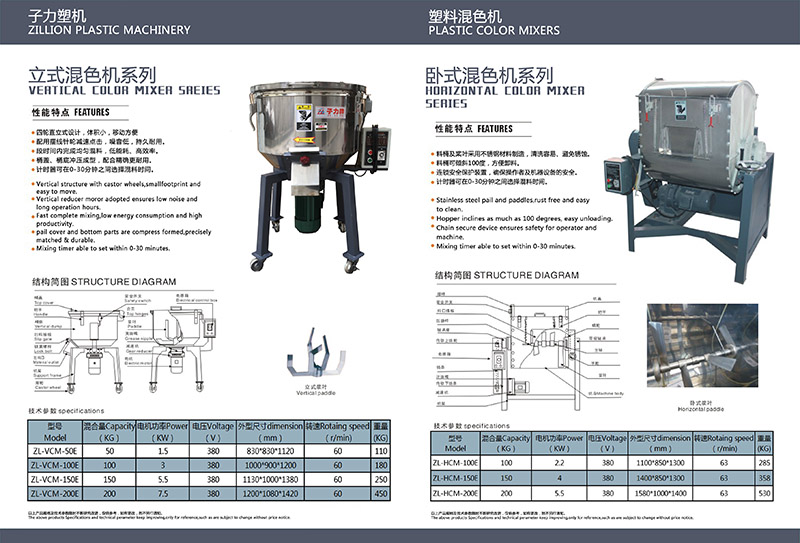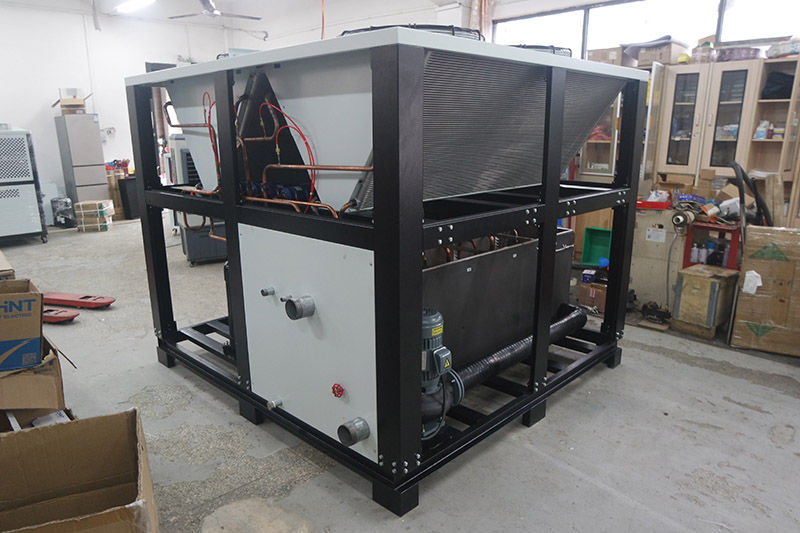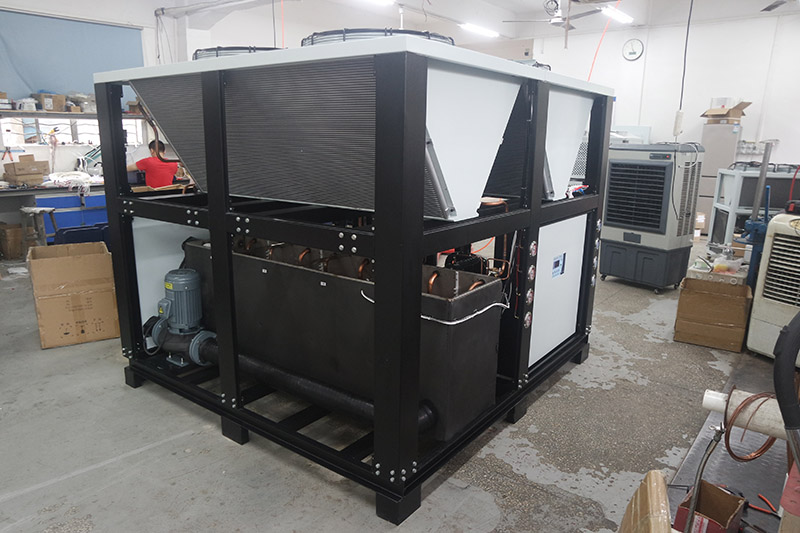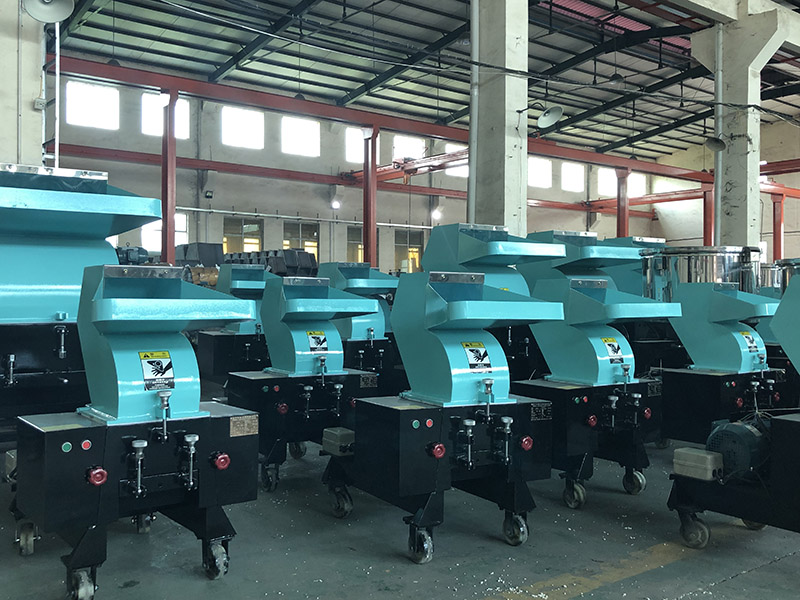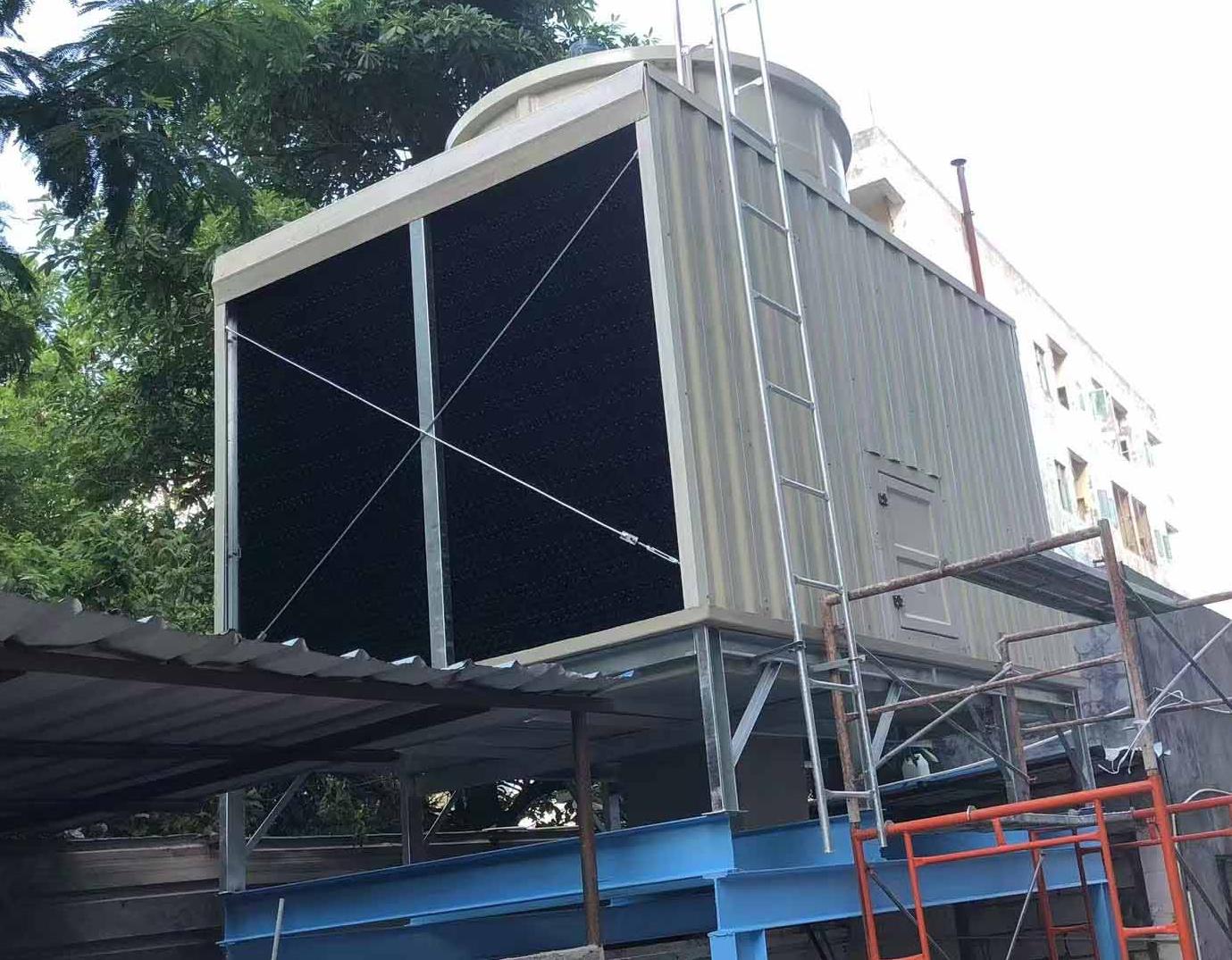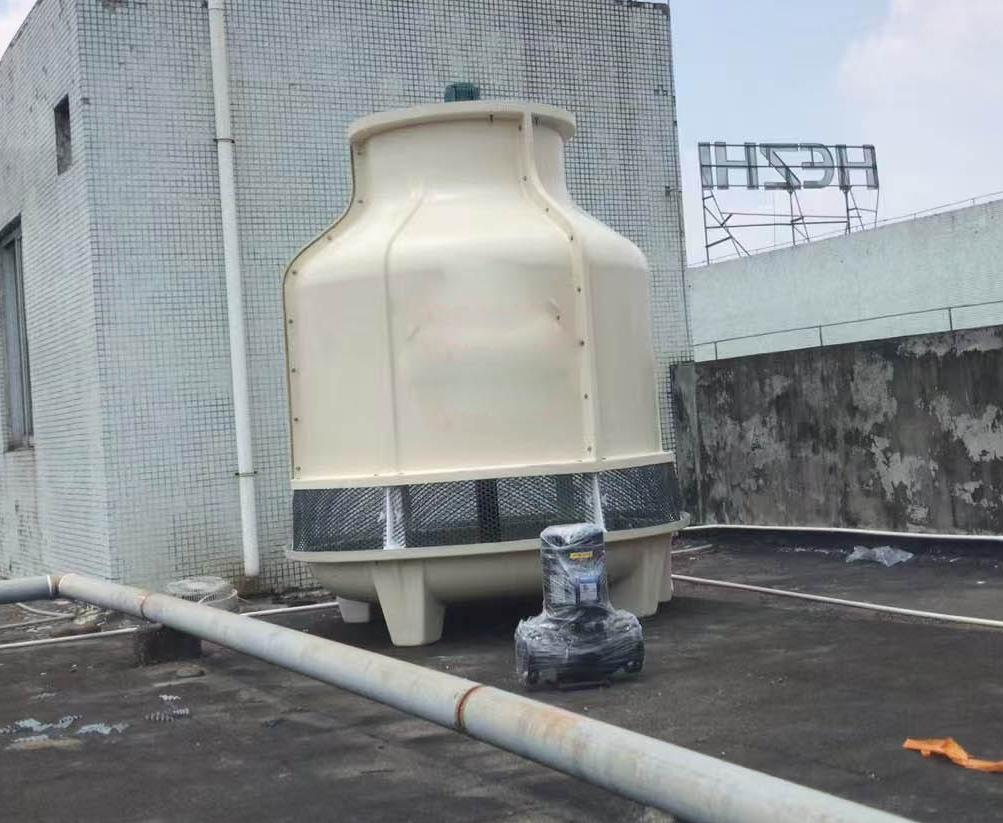What is a Heavy Duty Apron Feeder
In the field of industrial material handling, the heavy duty apron feeder is a vital and highly specialised piece of equipment. To gain a full understanding of the heavy-duty apron feeder, it is first necessary to grasp the fundamental concept of the apron feeder in general.
An apron feeder, also known as an apron conveyor in some contexts, is a type of mechanical conveying device. It consists of a series of overlapping metal plates or pans, often referred to as "aprons," which are connected together to form a continuous moving surface. These aprons are typically made of durable materials such as wear steel, which can withstand significant wear and tear, making them ideal for use in industrial settings.
The operation of an apron feeder is relatively straightforward. The drive mechanism, typically an electric motor coupled with a gearbox, is responsible for powering the movement of the apron chain. The overlapping aprons move in a fixed path, with materials placed on them at the inlet end. As the aprons move, they convey the material from the inlet to the outlet, facilitating the transfer of substances from one location to another.
A heavy duty apron feeder is a type of apron feeder designed to withstand extreme conditions and handle heavier loads. In the context of heavy-duty industrial applications, a mining apron feeder is a prime example of a heavy duty apron feeder.
In the mining industry, heavy-duty apron feeders are frequently utilised to facilitate the processing of substantial volumes of raw materials, including ores, coal and gravel. The materials in question are often of a considerable weight and abrasive nature. A heavy-duty apron feeder is constructed with reinforced strength and durability features in accordance with the demands of the mining industry. For example, the aprons themselves may be thicker and constructed from high-grade alloy steel to withstand the abrasive nature of the mined materials. The drive system is also more powerful, capable of generating the requisite torque to move heavy loads continuously.
One of the key advantages of a heavy duty apron feeder is its ability to handle materials of varying sizes. The apron feeder is capable of transporting a wide range of mining output, including large boulders and fine-grained powders. The overlapping apron design allows for flexibility in accommodating different shapes and sizes of materials.
Another crucial factor in the selection of heavy duty apron feeders is their reliability. In industrial settings, particularly in mining, where downtime can be extremely costly, it is crucial to have a reliable apron feeder in place. Heavy duty apron feeders are designed to operate reliably for extended periods without significant breakdowns. Such models are frequently equipped with heavy-duty bearings, which are capable of withstanding the considerable loads and stresses that are typical of operational conditions.
Heavy duty apron feeders are designed with easy maintenance in mind. Given the challenging conditions in which they operate, it is essential that components be readily accessible for inspection, repair, and replacement. By way of illustration, the apron chains can be constructed in such a way that they can be dismantled and reassembled rapidly, thereby minimising the time required for maintenance tasks.

In addition to the mining industry, heavy-duty apron feeders are also used in other sectors where the transportation of heavy and bulky materials is required. In the construction industry, they are employed for the handling of aggregates and building materials. In the steel industry, they are employed for the transfer of raw materials such as iron ore and scrap metal.
In comparison to other types of conveyor, heavy duty apron feeders offer distinctive advantages. In comparison to belt conveyors, which may be more susceptible to damage from sharp-edged materials or heavy impacts, apron feeders are better equipped to handle these challenges. Their robust construction and the nature of the apron design make them the optimal choice for applications where durability and strength are of the utmost importance.
In conclusion, a heavy duty apron feeder is a specialised type of apron conveyor, designed to handle heavy loads, abrasive materials and harsh operating conditions. The design, with overlapping aprons and a powerful drive system, makes it an ideal choice for industries such as mining, construction, and steel production. The mining apron feeder, as it is known in the context of mining, or the heavy duty apron feeder in other heavy industries, plays a vital role in the efficient and reliable transfer of materials within industrial processes.



